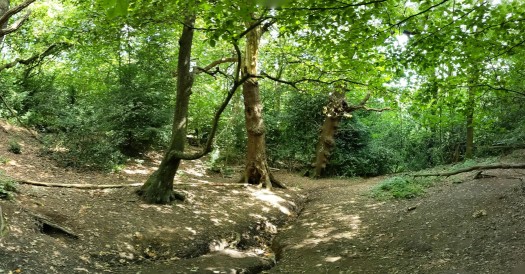
World Mental Health Day 2019

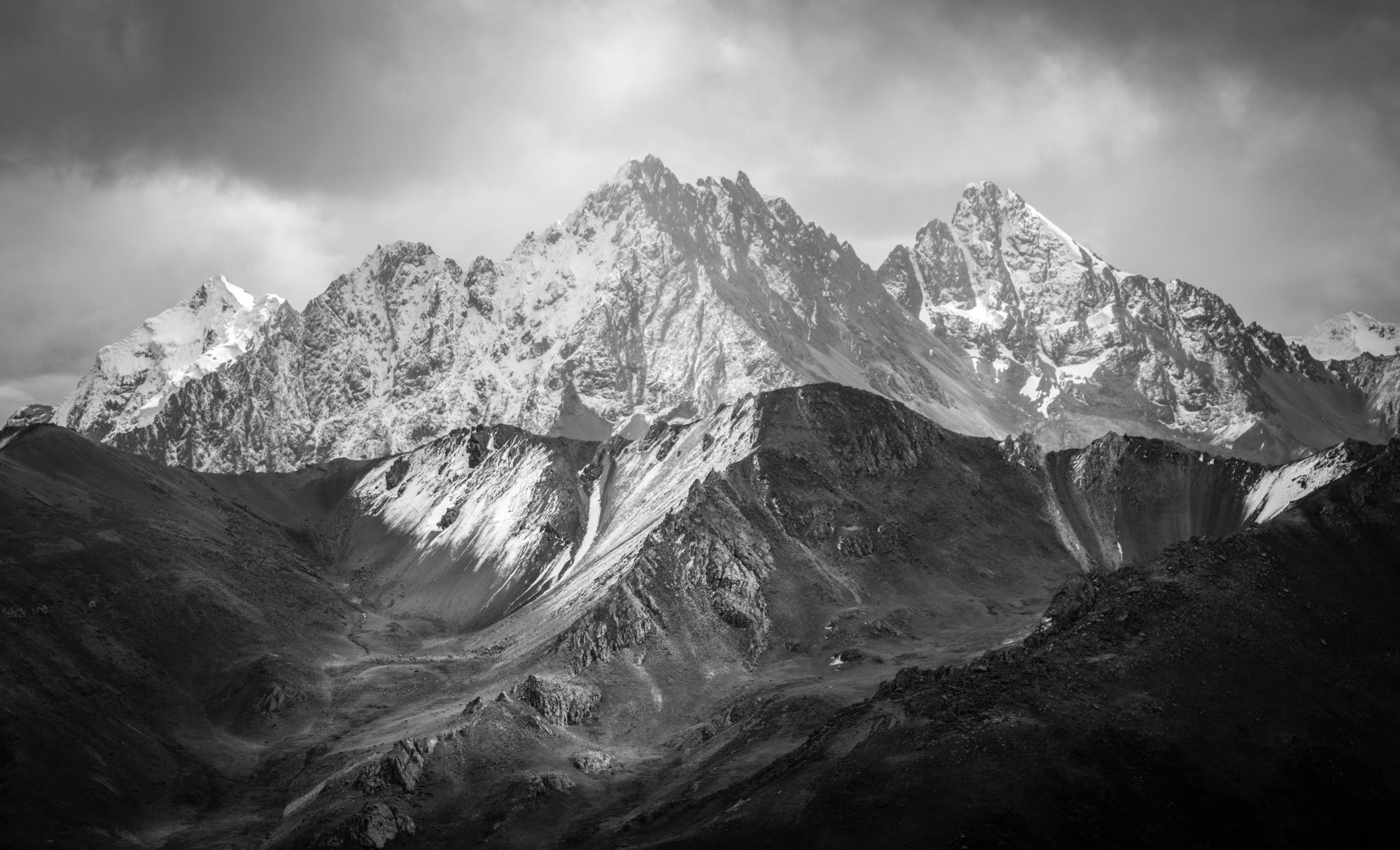
Travel, nature, place – memoir & curiosity

I was honoured and delighted to be the guest of the latest episode of brilliant food podcast, Lecker. Tune in and have a listen as I discuss cooking on a boat on the Thames, lapsed vegetarianism, Sunday roasts and honouring a lost friend in the kitchen.
Thanks so much to Lucy Dearlove for asking me to take part in her podcast, and for doing such an incredible job of coherently organising my ramblings into such a seamless narrative.
There’s a staggering contrast in mountain landscapes, where dramatic shifts between different faces of the same vista can turn the world on its head.
In the tropical mountains of the Andes, the grassy pampas of the valleys can be pleasant, warm, sun-trapped rest-places in the humidity of the day. As night falls temperatures plummet to freeze each blade of grass like the harshest depths of winter.
Up high on the glacial peaks, the tropical sun has enough time to soften the ice and snow before freezing again in the darkness, creating spectacular fluting and brilliant white formations.
In the Himalayas, peaks rise so high they appear like clouds, and the sun can take half the day to be high enough to cast its rays into the deep valley floors.
My first and favourite mountain will always be Blencathra in England’s Lake District. I first hiked it as a child and have returned many times since. Its fells sit together like a plump, benevolent king, looking south over his lands from a throne in the north. It’s a welcoming sight, a homely one.
The neighbouring mountain Skiddaw, however, has always had the opposite effect on me. As a child the sight of it made me feel uneasy and a little afraid. Its dark peak has an unwelcoming air, while the surrounding fells spread wide around it, the scorched heather creating a forbidden land in the mind.
As irrational as this may be, my gut sense has always been one of apprehension. To this day I’ve not set foot on it.
Mountains can have an odd effect on the mind. I’ve been dumbstruck by the vastness of them, unable to articulate, or even begin to compute what my eyes are showing me. I’ve also found myself buzzing with excitement at the sight of something so huge and wondrous that I become a kind of mountain-giddy – overwhelmed with emotion to an almost narcotic effect.
I’m left with either nothing or everything. Speechless and numbed, or giggling, shaking, even crying all at once.
As a photographer I see a beauty and harshness to mountains and their landscapes of all shapes and sizes. The differing textures of ice, rock, scree or heather. The dark voids lacerated by brilliant beams of light. Cloud formations halted by the jagged edges of an ice-capped peak. The absolute wonder of something so huge, so marvelous, the mind can barely comprehend it.






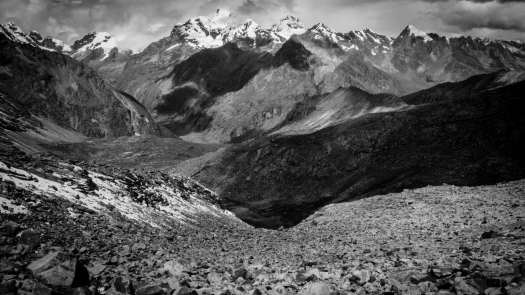


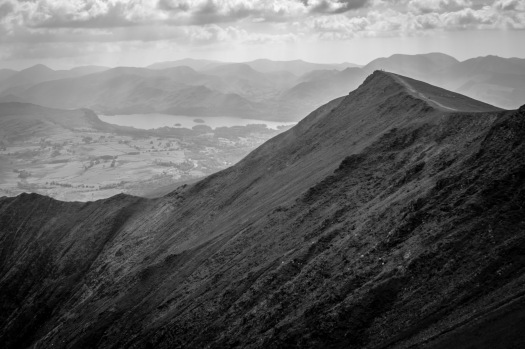
“Occidente! Occidente!” cried a tout.
“Occidente! Occidente!” cried another. It was the Peruvian equivalent of someone shouting, “West Stand! West Stand!” and waiving a pair of overpriced tickets in your face, right as you’re buying them from the ticket office…
The seventeenth century, I think that’s when it’s from. It’s thicker than the ones they started making after 1700. It’s a creamy white, two inches long, and looks like a thin piece of chalk. There’s a hole going through the centre but it’s blocked at one end. Three centuries in mud will do that. I found it on the exposed riverbed at low tide one day.
Bits of clay pipe can be found all over the banks of the Thames in central London. Some intact but mostly broken. Bowls tend to be buried, only a sliver poking out from the mud. Some remain in one piece, with long thin stems and ornately decorated bowls. This is just a piece of stem, snapped off at some point whilst being sloshed around on the riverbed, or broken in-use and thrown in the river.
There were over a thousand clay pipe makers in London in the seventeenth century. They’d move around selling pre-filled, disposable pipes to be used just once then discarded like rubbish. The various river workers, ship builders, dockers and watermen would finish their smokes and chuck them into the water.
I’d like to think that this piece belonged to a waterman. A wily old fellow, born into the job. Raised to read the river and know the lore of the tides. Watermen were the taxis of the Thames for hundreds of years. By the time tobacco became the vice of the common folk they were an established company working the waterway in their thousands, ferrying passengers up and down the river day and night.
Waterman’s stairs were the taxi ranks of their day. Many still exist on each side of the river, cold stone steps leading into the water. They follow walls of green algae down to paved causeways on the river bed, where the watermen made their pickups at low tide. The steps had unique names, some familiar like Blackfriars, Shadwell, or Wapping. Others more intriguing like Old Magpie, Pickle Herring or Executioners Dock.
There was one right where I live. Mill Stairs it was called, at the bottom of Mill Street and Bermondsey Wall West. The stairs are long gone but the gateway still exists. It leads to the houseboat moorings now, a floating village that bobs at hight tide and sits flat on mud and tyres at low water. I walk through it each day to get to my home via a rickety old bridge. A portal between two worlds of London. From street life, to river life. From traffic, tarmac and paving stone, to water, tides and mud. Where I found the clay pipe.
Read my contribution to the InsureandGo blog about an adventure while backpacking.
Phyllis was my grandmother. She was an important part of my life for almost 38 years.
When I was little the family and friends would spend Sunday afternoons at the Leadmill Club, where my grandfather, Fred would play the trumpet in his jazz band. The smell of beer and the sound of live music still sometimes brings me back to those Sunday afternoons, where Phyllis would sit, tapping her foot and enjoying a cigar.
She looked after me whenever was needed when I was a child. She got on well with my paternal grandmother Vera. The two of them took care of me together one week when Mum and Dad went away to Paris. They had a lot in common. Two happy Geordie women, with a lifetime of child care between them. I was in good hands.
When my little brother Tommy was born in 1985, Phyllis took care of me while Mum and Dad where at the hospital. Tommy was a few weeks premature and weighed just 5 pounds 4 ounces. Phyllis took me to the hospital to meet him for the first time. He was tiny, wrapped in silver foil like a baked potato.
I got into trouble at school once when I was a teenager and got taken home by one of the teachers. Phyllis was waiting for me on the doorstep as Mum was at work. I was upset, and the teacher wasn’t very nice to me. Phyllis just smiled and chuckled. “Oh well,” she said, “Better put the kettle on.”
She was nice like that, she never judged. I don’t remember a stern word or a telling off. She was always jolly and friendly.
Our fridge was often well stocked with stews and casseroles she’d make at home and bring over. Our freezer with fish from the fishmongers. Always making sure we were well fed.
I was amazed by how unfazed she seemed by her age. “How old are you now?” she’d ask me, “My goodness, how old does that make me?” Always with a laugh.
I was the first of her seven grandchildren. But I wasn’t the first grandchild she cared for. For eleven years she was grandmother to my older half brother and sister, Andrew and Leigh and my adopted brother, Mark. She was kind and caring to them too, and they all have fond memories of her.
As a grandmother she excelled. And she did what all good grandmothers should do, she made us all feel equal, each one loved no more than the other, because she loved us all to the fullest, and she was proud of us.
I think we can all learn from Phyllis. How to treat people with honesty, generosity, with care and not to judge. How to grow old with grace and resilience. She went through life with her head held high. I’m extremely proud and very lucky to have been her grandson.
Phyllis Henderson 1923 – 2016
I was recently a guest on the Dave Pickering‘s podcast, Getting Better Acquainted. Have a listen as Dave and I discuss many things including story telling, dyslexia, tough times at school, depression and writing.
Autumn comes as a shock sometimes. One week it’s summer, the next it’s gone. The air turns a certain kind of cold that carries on it a feeling of change and a natural sense of foreboding. Leaves begin to wither from their branches and litter the floor, a familiar rustling accompanies the whisper of the wind.
But each season carries a certain beauty, and autumn is no exception.
Its beauty is unique, a wild contrast to the vibrancy of spring, to the warmth of sunlight washing over the world again as landscapes explode with blossom.
Instead it brings a transformation of a different kind as greens turn to deep reds and subtle browns. A necessary decay.
It’s a reassuring comfort that the cycle of nature is constant, that seasons come and go, bad weather turns to good, after storms come calm.
Autumn is a time for reflection and forethought, to embrace the constant change.
So wrap up warm and go outside.
Take a moment, and enjoy the autumn palette.


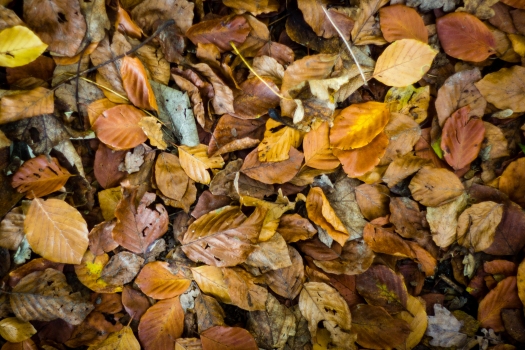



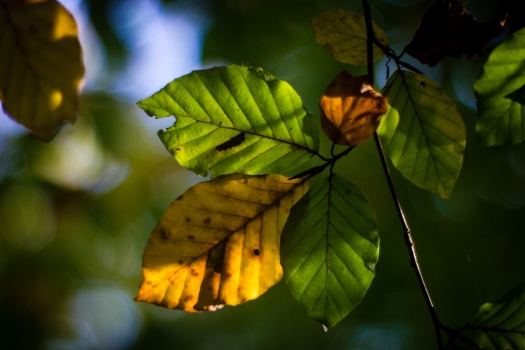


Gigi Buffon, 7 glorious nutmegs, Craig Bellamy and my piece on the Greek legend Vasilis Hatzipanagis, as well as much much more in issue 7 of Mundial.